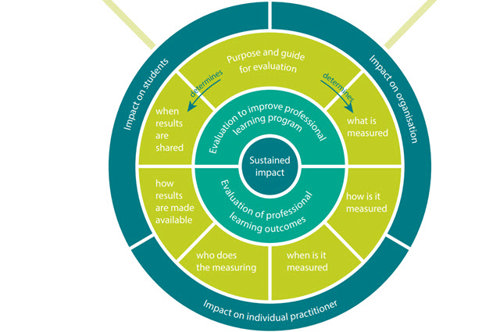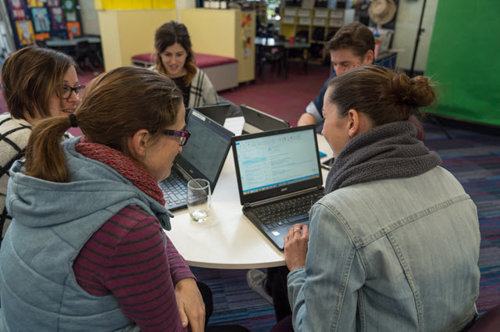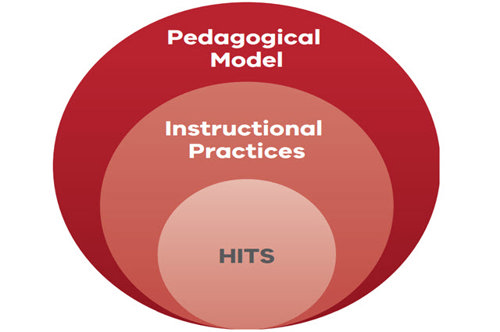Engage with the curriculum
A member of your leadership team should fully engage with the curriculum to gain an insight into its intent, structure and content. It may also be useful to consult with other schools who have demonstrated experience and are already implementing this curriculum. Ideally, as teachers engage with the curriculum they also familiarise themselves with relevant approaches to assessment.
It is important to know the requirements of your jurisdiction or sector when implementing the Digital Technologies curriculum. Refer to State and Territory curriculum.
Engage with the curriculum
Refer to the following ACARA documentation:
- Digital Technologies curriculum
- Understanding this learning area: Technologies | Digital Technologies
Use the following resources on the DT Hub:
- Core concepts to understand the concepts that underpin the Australian Curriculum: Digital Technologies. Use the infographics to assist in planning and understanding how the core concepts are reflected at each year band
- School stories of schools implementing Digital Technologies: to look for transferable programs that suit your school’s needs and context.
- Scope and sequence for F–10 learning programs that could be used to address the Digital Technologies content descriptions. Each topic contains a video that briefly describes the content covered.
Ensure your staff is clear on the difference between the ICT general capability and the Digital Technologies curriculum. A topical question and key consideration for schools is ‘What is the relationship between them and how do they differ? Use the infographic on Digital Literacy and Digital Technologies to help clarify this.
Consider how computational thinking, design thinking and systems thinking can be integrated into your planning of the Digital Technologies curriculum and programs.
ClosePlanning for assessment
When planning your assessment in Digital Technologies, there are a number of aspects to consider. It is important for teachers to consider assessment as they engage with the curriculum.
Use the following resources on the DT Hub:
Planning for assessment: to clarify the what, why and how of assessment. How will you involve your students? What evidence will you collect?
Unpacking achievement standards for the Australian Curriculum: Digital Technologies: to learn more about approaches to formative and summative assessment; includes video and infographics.
Guides and resources: for advice about how to incorporate particular approaches to assessment in Digital Technologies.
Literature review: supporting teachers to assess F–10 Digital Technologies: for research into assessment for Digital Technologies, linking to resources and tools that teachers may adopt in the classroom or utilise in the design of assessment activities.
These resources provide background information about assessment in general, but can be useful when considering your Digital Technologies program.
Glossary of cognitive verbs: to clarify the meaning of active verbs included in the achievement standards.
Types of assessment: when considering assessment strategies and ways to move from theoretical knowledge to practical application in the classroom.
Effective assessment: for broad advice about assessment including qualities of effective formal assessment, rubrics and assessment techniques.
CloseAccess appropriate research reports
|
The essential guide to professional learning: evaluation This issue of the Essential guide series expands on the effective evaluation of professional learning. |
Evaluating the quality and impact of professional development programs This paper is a review of work that ACER has been doing to improve the usefulness of evaluations of professional development programs. |
High impact teaching strategies (HITS) View this report on high impact teaching strategies (HITS) to decide on which approached may suit your context. |
Plan for professional learning
It is important to plan for professional learning. Refer to Plan for professional learning.


